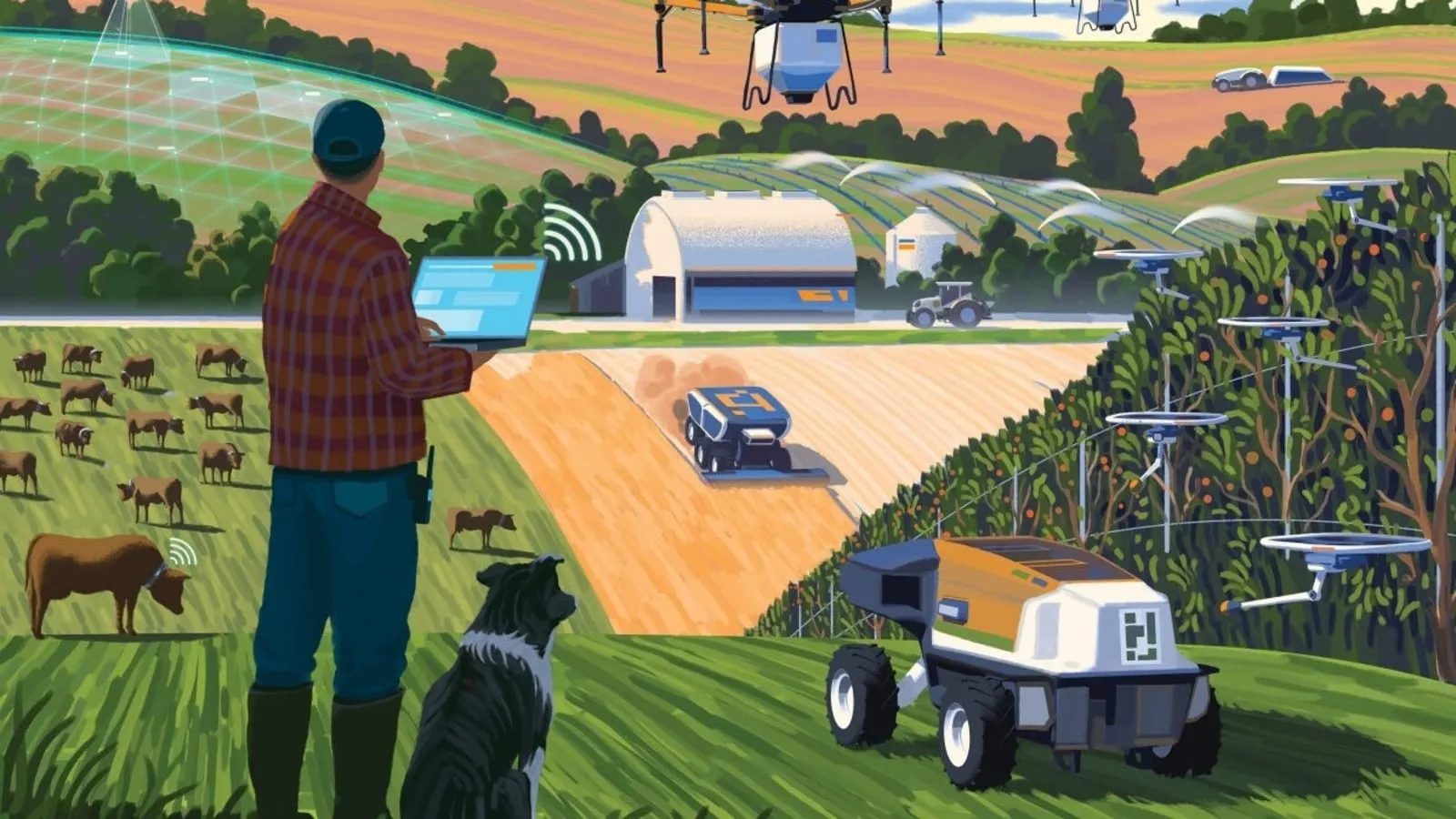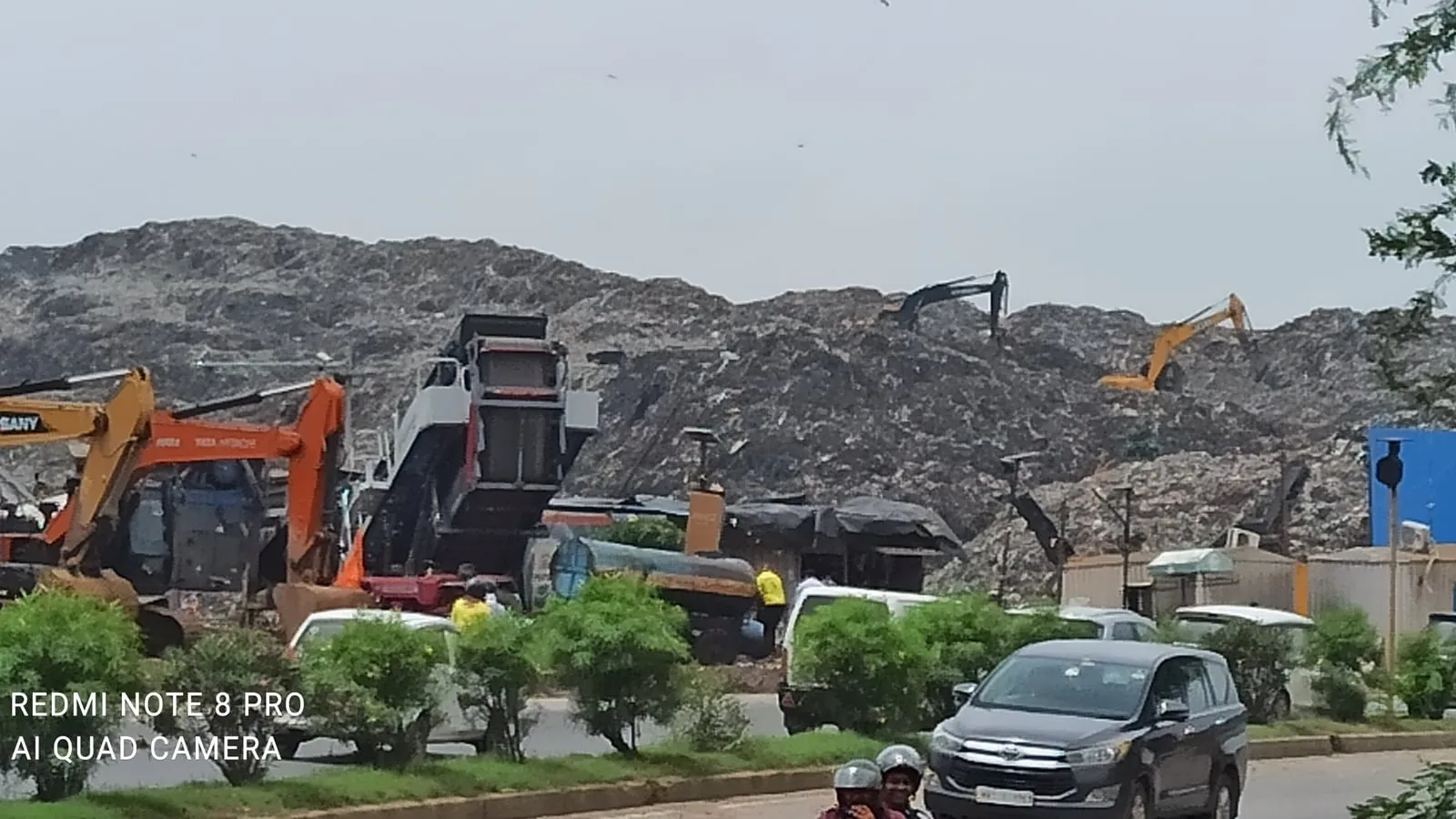Transforming Agriculture with Technology
In the verdant hills of Washington state’s Palouse region, Andrew Nelson’s tractor hums through the wheat fields on his 7,500-acre farm. Inside the cab, he’s not gripping the steering wheel—he’s on a Zoom call or checking messages.
The Rise of Autonomous Farming
A software engineer and fifth-generation farmer, Nelson, 41, is at the vanguard of a transformation that is changing the way we grow and harvest our food. The tractor isn’t only driving itself; its array of sensors, cameras, and analytic software is also constantly deciding where and when to spray fertilizer or whack weeds.
Many modern farms already use GPS-guided tractors and digital technology such as farm-management software systems. Now, advances in artificial intelligence mean that the next step—the autonomous farm, with only minimal human tending—is finally coming into focus.
The Vision of the Autonomous Farm
Imagine a farm where fleets of autonomous tractors, drones and harvesters are guided by AI that tweaks operations minute by minute based on soil and weather data. Sensors would track plant health across thousands of acres, triggering precise sprays or irrigation exactly where needed. Farmers could swap long hours in the cab for monitoring dashboards and making high-level decisions. Every seed, drop of water, and ounce of fertilizer would be optimized to boost yields and protect the land—driven by a connected system that gets smarter with each season.
The Current Landscape
Much of the technology to power an autonomous revolution in agriculture already exists or is nearly ready for market launch. Despite the promise of digital tools and autonomous machines, cost and connectivity remain significant barriers that need to be addressed.
Advancements in Farming Technology
Tractors that can plant, till, and harvest with little, or only remote, human supervision are moving from prototype to practice. Traditional manufacturers and tech startups are making significant progress in developing AI-guided equipment for various farming tasks.
Deere & Co., for example, is incorporating computer vision and machine learning in their large sprayers to target weeds efficiently. Other companies are focusing on robotic harvesting solutions for fruits and berries, which have historically been challenging to automate.
Integration of Artificial Intelligence
Using data and AI to analyze individual plants could become a mainstream practice in farming. The goal is to provide each plant with tailored care to optimize yields. Automation, particularly for specialty crops, is a significant focus for the future.
Drones and Satellites in Farming
Drones and satellites, guided by artificial intelligence, are aiding farms in becoming data-driven operations. By creating virtual replicas of fields and analyzing detailed images and sensor readings, farmers can target interventions precisely, leading to reduced waste and increased yields.
Enhancing Soil Management
New technology that scans soil on-site is enabling precise diagnosis, covering large farm areas. This technology helps farmers identify soil health issues early and plan interventions effectively for the new season.
The Future of Livestock Management
Virtual fences are revolutionizing livestock management by using GPS-enabled collars to establish boundaries digitally. This technology provides ranchers with cost-effective fencing solutions and improved herd management practices.
Overall, the integration of technology into agriculture is paving the way for increased efficiency, sustainability, and productivity in farming practices.






